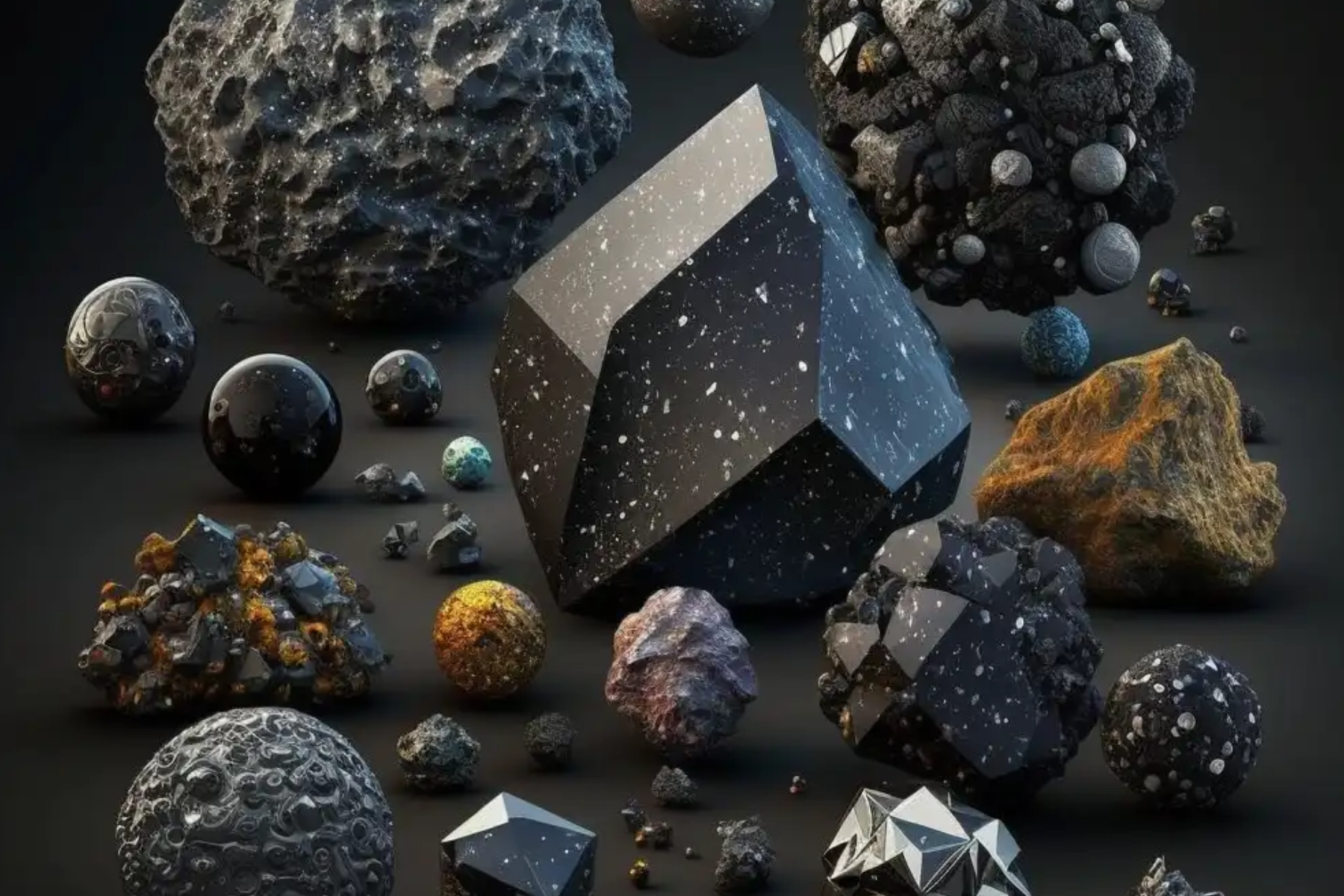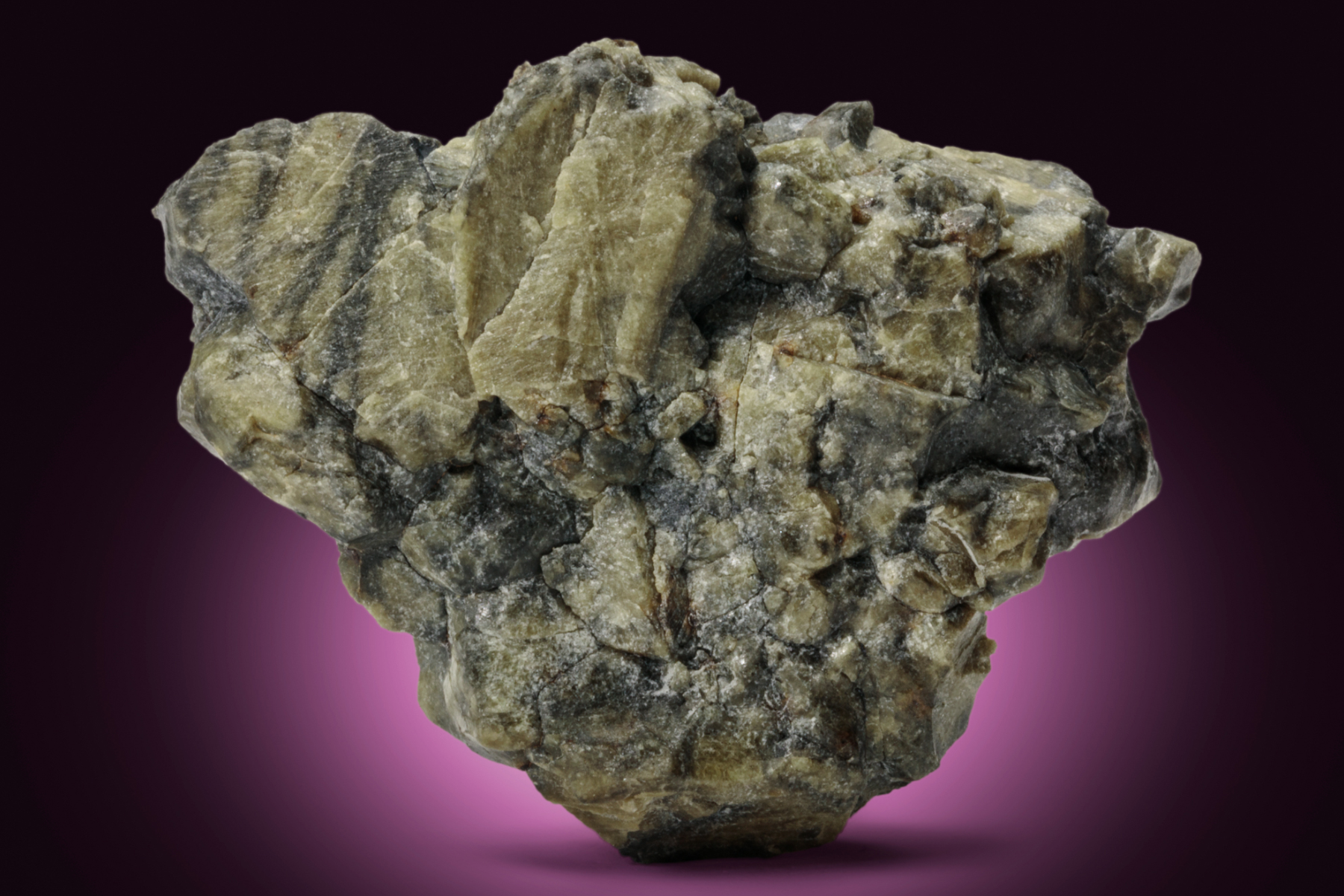Meteorites are pieces of solid cosmic debris that have survived the journey through the Earth's atmosphere and landed on its surface. One meteoritecan be destructive.
These fragments can vary in size, shape, and composition, and their origins can be traced back to various parts of the solar system.
In this article, we will delve into the fascinating world of meteorites, discussing their origins, types, and significance in our understanding of the universe.
Origins Of Meteorites
It is believed that meteorites originated from a number of different places in our solar system, including Mars, asteroids, and comets.

The origin of oriented meteorites
Asteroids are large bits of rock and metal that circle the sun, and the majority of meteorites are fragments of asteroids. The asteroid belt is a region in space that lies between the orbits of Mars and Jupiter. Here is where you will find these asteroids.
Fragments of an asteroid can be sent hurtling through space and eventually hit the atmosphere of Earth if it has a collision with another object in space or is disturbed by a gravitational pull.
Comets, on the other hand, are composed of ice and dust, and when they approach the sun, they begin to vaporize, leaving behind a trail of debris in their wake. Comets may be distinguished from asteroids by their composition.
Some of this debris may make its way into the atmosphere of Earth, where it can produce a breathtaking display of meteors or shooting stars.
A piece of this debris is referred to as a meteorite if it is able to survive the voyage through the atmosphere and eventually makes its way to Earth.
Types Of Meteorites
On the basis of their elemental makeup, meteorites can be broken down into one of three primary categories: stony, iron, or stony-iron. The majority of meteorite falls, approximately 90 percent, are composed of stony meteorites, making them the most common type.
These meteorites are composed of silicate minerals and can be further categorized as chondrites or achondrites. Achondrites are also a type of meteorite.
Chondrites are the most fundamental building blocks of the solar system and have undergone only minor changes from the beginning of the universe.
On the other hand, achondrites have undergone either differentiation or melting at some point in their history.
Iron meteorites, as their name suggests, are composed of iron and nickel. These meteorites are significantly less common than stony meteorites, making up only around 5 percent of all meteorite falls.
It is believed that the cores of asteroids that were obliterated in collisions provided the raw materials for the formation of these meteorites.
The final type of meteorite is called a stony-iron meteorite, and it is the rarest type of all meteorites. It is a combination of stony meteorites and iron meteorites, and it accounts for less than one percent of all meteorite falls.
Significance Of Meteorites
Meteorites provide valuable information about the early solar system and the processes that shaped it.
By studying the composition and age of meteorites, scientists can gain insights into the formation of the planets, the evolution of the solar system, and the conditions that existed in the early universe.

What Meteors Reveal About Earth’s Hidden Past
Meteorites can also provide clues about the presence of water and organic compounds in the early solar system, which could have played a role in the emergence of life on Earth.
In addition to their scientific significance, meteorites have also captured the imagination of people for centuries. Ancient civilizations believed that meteorites were divine messages or gifts from the gods, and many cultures have revered them as sacred objects.
Today, meteorites are sought after by collectors and museums around the world, with some rare specimens fetching millions of dollars at auction.
The Value Of Meteorites - Scientific, Cultural, And Financial
Meteorites are highly valued for their scientific, cultural, and financial significance.
These fragments of space rocks that fall to Earth are a fascinating window into the mysteries of the universe, and their study has yielded numerous insights into the history and workings of our solar system.
In this part, we will delve into the value of meteorites and explore their significance in different contexts.
Scientific Value Of Meteorites
Meteorites are essential for understanding the formation and evolution of the solar system.
They provide a unique opportunity to study materials that are not available on Earth, such as the pristine materials that formed in the early solar system.
By analyzing the chemical and isotopic compositions of meteorites, scientists can gain insights into the age, origin, and history of the solar system.
For example, carbonaceous chondrites, a type of stony meteorite, contain organic compounds that are believed to be the building blocks of life.
They also contain small grains called "presolar grains," which are older than the solar system itself and can provide clues to the conditions in which the solar system formed.
Meteorites are also important for understanding the geological history of the planets and moons in our solar system.
By studying meteorites that originated from Mars, scientists have been able to gain insights into the geological processes that have shaped the planet's surface.
Similarly, by studying the composition of the Moon's regolith, which is made up of meteorite impacts, scientists can learn about the Moon's history and formation.
Cultural Value Of Meteorites
Meteorites have captured the human imagination for centuries and have played important roles in many cultures and belief systems. In ancient times, meteorites were often regarded as divine messages or gifts from the gods.
Some cultures believed that meteorites had healing powers or were imbued with magical properties. Today, meteorites continue to fascinate people and are admired for their beauty, rarity, and scientific significance.
Meteorites have also played important roles in art and design. Many jewelrydesigners use meteorites in their creations, as they are valued for their unique texture and pattern.
Some museums have even commissioned artists to create works inspired by meteorites, which have been exhibited alongside the meteorites themselves.
Financial Value Of Meteorites
Meteorites can also be valuable from a financial standpoint. Some rare and highly sought-after meteorites can fetch millions of dollars at auction.
For example, the Brenham meteorite, which landed in Kansas in prehistoric times, is highly prized by collectors for its beauty and rarity.
The largest specimen of the Brenham meteorite, weighing over 1,400 pounds, sold for $330,000 in 2019.
Meteorites can also be valuable for scientific and commercial purposes. Some meteorites contain rare and valuable elements, such as iridium and platinum, which are used in high-tech applications like electronics and aerospace.
In addition, meteorites can be used for research and education purposes, and some institutions are willing to pay top dollar for rare or important specimens.
People Also Ask
How Are Meteorites Formed?
Meteorites are formed from the debris of asteroids, comets, and other space rocks that collide and break apart in space. Some meteorites come from the Moon or Mars, while others are made up of material from the early solar system.
How Do Scientists Classify Meteorites?
Scientists classify meteorites based on their chemical and mineral compositions, as well as their physical characteristics like texture and color. There are three main types of meteorites: stony, iron, and stony-iron, each with its own subcategories.
How Common Are Meteorite Impacts On Earth?
Meteorite impacts on Earth are relatively rare, but they do happen. Small meteorites fall to Earth all the time, but most burn up in the atmosphere before they can reach the ground. Larger impacts can cause significant damage, as seen in the case of the Chicxulub impact which is believed to have led to the extinction of the dinosaurs.
Can Meteorites Contain Diamonds?
Yes, some meteorites contain small diamondsthat formed under high pressure and temperature conditions in space. These diamonds can be used to study the conditions in which they formed and can also have commercial value as gemstones.
Conclusion
Meteorites are a fascinating reminder of the vastness and complexity of the universe we live in. These fragments of cosmic debris provide us with valuable insights into the origins of our solar system and the conditions that existed in the early universe.
Whether you are a scientist studying their composition or a collector admiring their beauty, meteorites continue to capture our imagination and inspire awe and wonder in all of us.

